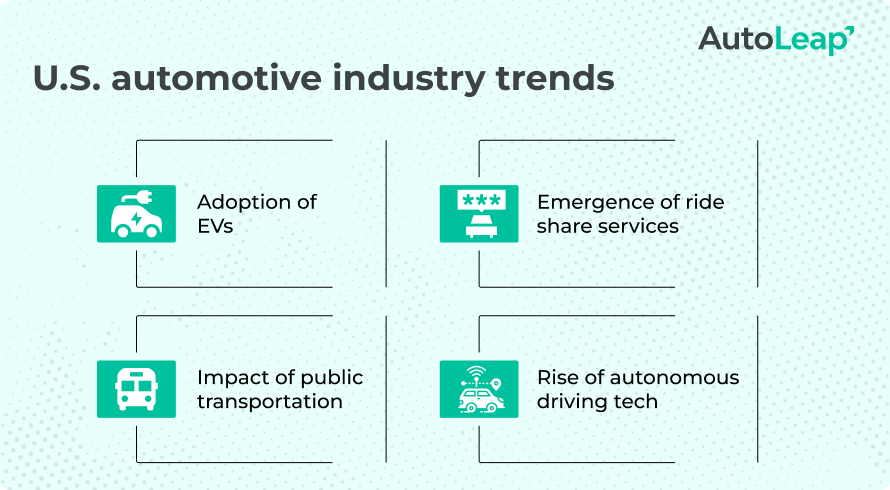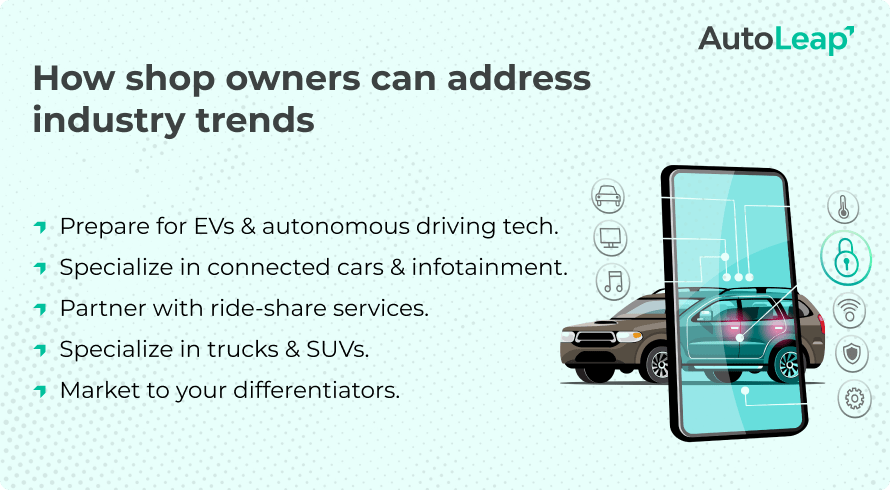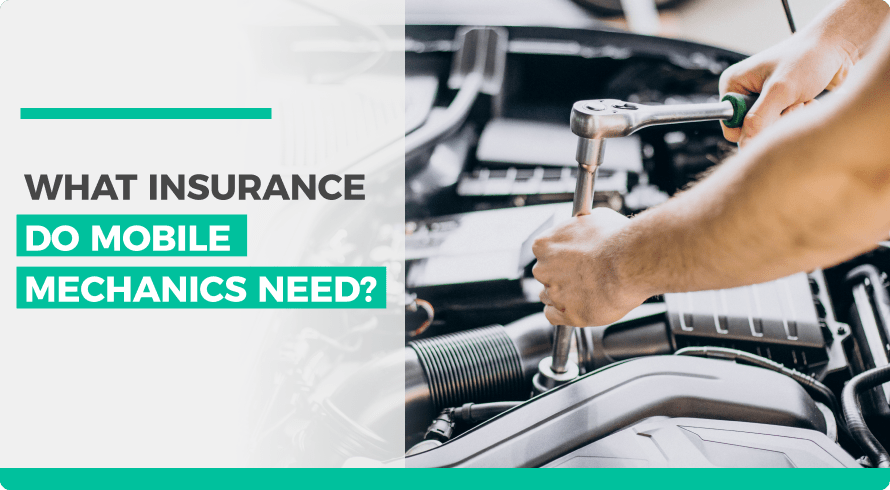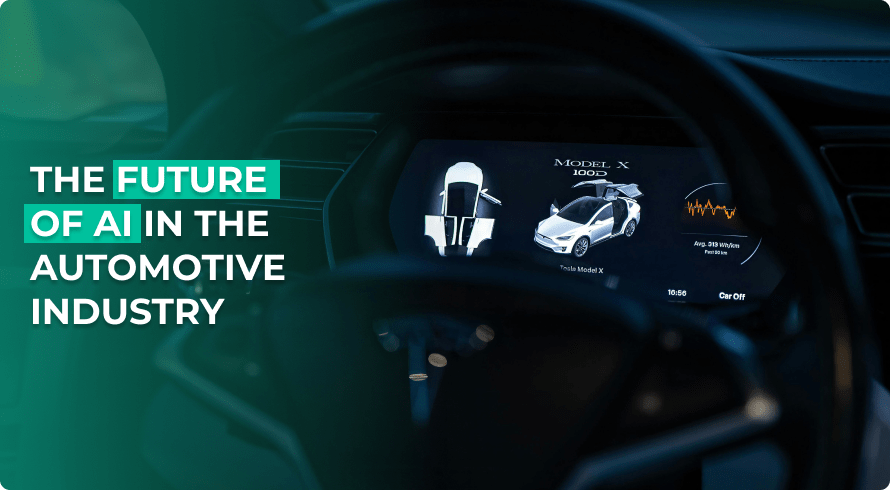The global economy has seen a recent slowdown. And when the global economy slows down, it can cause a ripple effect for many industries. So what does it mean for the automotive industry?
We’re here to conduct a detailed automotive industry analysis for you. As an auto repair shop owner, you can understand the latest trends and how to prepare for them.
Schedule a free demo today!

Boost your shop sales

Simplify shop management

Empower your technicians
General economic outlook on auto repair shops
There’s instability in the economy right now. People are losing jobs across many professions. And a natural outcome of this situation is that consumers will cut back on spending.
For your shop, that means they will prioritize maintaining and repairing their cars over buying new ones. That means there’s a window open to grow your business and attract new customers.
But this is not enough of an automotive industry analysis. We need to dig deeper and project what the future looks like. As a business owner in the aftermarket automotive industry, you should have a plan for the next five years based on these trends.
Let’s start our automotive industry analysis at a global manufacturer level.
Global automotive industry analysis

For this analysis, we will have to rewind a few years ago when the pandemic hit. The after-effects of the world closing down meant disruptions to the supply chain. With rising inflation in the post-pandemic years, vehicle sales went down globally. There was a sales decline of -2.2% year-over-year (YOY).
In North America, there was a decline in car sales by 6.7%. And in Western Europe, there was a decline of 2.4%. However, there was an increase in demand in the Asia-Pacific region (+2.4%).
However, globally with the supply chain issues and rising prices, coupled with the demand crisis due to the macroeconomic conditions, the automotive industry struggled.
But there’s light at the end of the tunnel now, as vehicle sales are expected to rebound in 2023. Manufacturers no longer have constraints from semiconductor shortages and expect to resume normal production. ABI Research expects global vehicle sales to grow by 5.1% in 2023 and by 3.3% in 2024.
Adoption of electric vehicles
While the automotive industry has struggled overall, electric vehicles and hybrid vehicles have seen a growth in sales.
In 2022, electric vehicle sales grew by 60.8% worldwide. That is a mind-blowing 10.7 million sales for electric vehicles! The positive sales trend expects to continue in 2023.
Focus on sustainability and environment
It’s clear there is an increased focus on sustainability across the automotive industry.
Automotive manufacturers will continue investing in eco-friendly technologies such as electric powertrains, hydrogen fuel cells, and lightweight materials to reduce carbon emissions. Government regulations and consumer demand for greener vehicles also incentivize this shift toward green practices.
Shift in demand and production
The global automotive industry is witnessing geographical shifts in production, sales, and demand. Emerging economies, particularly in Asia, have become major automotive markets, driven by rising incomes, urbanization, and increasing consumer demand.
As mentioned previously, Asia Pacific has experienced an increase in demand. India now ranks as the third largest car market in the world now. But it is the fourth largest producer of light vehicles. However, traditional automotive powerhouses in the United States, Europe, and Japan continue to innovate and invest in new technologies to maintain their competitive edge.
Now that we have a flavor of the global automotive industry, let’s zero in on the U.S. automotive industry. How does it stack up? And are these global trends reflected in America too?
U.S. automotive industry analysis

Before we get into the trends, here’s a quick data overview courtesy of Zippia of the U.S. automotive industry.
- In 2022, the U.S. automobile industry recorded sales for an estimated 13.75 million cars and light truck vehicles.
- The automotive industry accounts for 3% of the U.S. GDP.
- In 2023, the total value of the U.S. car and auto manufacturing market stands at $104.1 billion.
- The automobile industry employs over 1.7 million people in total. Workers hold jobs in engineering, manufacturing, sales, and design.
- In March 2023, the average hourly pay of an automobile dealership employee was $25.76.
Now let’s review some key manufacturers! Stay with us.
Major players in the U.S. automotive industry
The U.S. has some of the biggest car manufacturers in the world. The likes of General Motors, Ford, and Chrysler were all founded and headquartered there. However, international brands such as Toyota, Hyundai, and Stellantis all have major operations in the U.S. but maintain their headquarters outside the country.
There is another emerging player in the market: Tesla. With the growing adoption of electric vehicles and hybrid vehicles, Tesla has gained significant popularity with its audience.
Keep in mind how difficult it is for manufacturers to break into the U.S. automotive industry with its high production costs and competitive pricing. There is also strong brand loyalty among customers to consider. Ford and Toyota are the two most popular manufacturers among U.S. customers and register phenomenal annual sales.
Now let’s focus on what’s changing in the automotive industry and key takeaways for shop owners.
Changing landscape of the automotive industry
Adoption of electric vehicles
Electric and hybrid vehicles are already gaining popularity. S&P Global Mobility reported about 1.9 million electric vehicles on the road today. That number is expected to go up to 28.3 million by 2030.
Additionally, there are about 140,000 charging stations across the United States right now. And with the growing demand for electric vehicles, there is an imminent need to increase the number of charging stations.
Ride share services
These car-sharing platforms provide alternate transportation options and reduce the need to own a vehicle. This is an especially popular option in congested cities where owning a vehicle comes with its own set of headaches (namely finding parking).
Public transportation systems
Efficient public transportation systems serve as an excellent substitute for personal ownership of cars. They reduce the demand for individual vehicles. Particularly in big cities, such as Washington D.C and New York, convenient public transportation systems mean many people don’t own cars.
Autonomous driving tech
Advancements in autonomous driving technology and the potential for shared autonomous vehicles could transform the industry by introducing new mobility models. This development would reduce the need for personal vehicle ownership.
These are the major themes that are prevalent in the future of the automobile industry. We will discuss all these again as we project the U.S. automotive industry’s future.
But before that, let’s consider political, economic, and technological factors that influence the U.S. automotive industry.
Political factors
The Biden administration wants zero-emission vehicles to make up half the new vehicle sales by 2023. This also means they have to amp up their charging infrastructure by 2030.
Setting up this massive public charging infrastructure is a time-consuming and complicated process. More so, it means multiple sectors have to coordinate together. This means there will be an increased focus on electric and hybrid vehicles since the government is pushing for this initiative.
The automotive industry is subject to various regulations for safety standards, fuel efficiency, and vehicle recalls. Government policies and regulatory changes impact manufacturing practices, product development, and market competitiveness.
Economic factors
We already discussed how the global economy has slowed down. The U.S. economy has also struggled in the first few months of 2023. It grew at an annual rate of 1.1%, with high-interest rates and a banking crisis that brought activity down in various sectors. This severely affects purchasing power and consumer confidence.
As mentioned before, car sales in North America decreased by 6.7%. The unemployment rate also stands at 3.5% in the United States. The employment rate, inflation, and interest rates all directly affect the automotive industry.
Technological factors
We know there is increased adoption of electric and autonomous vehicles. Automakers invest in research and development to enhance battery technologies, charging infrastructure, and autonomous capabilities.
There is also an increasing integration of connectivity features, infotainment systems, and advanced driver-assistance systems (ADAS). These are shaping consumer expectations and driving innovation in vehicle design and functionality.
So how does this all impact shop owners?
So why are we reviewing this automotive industry analysis with you today? Because this helps us understand what the trends are in the automotive industry at the moment and what the future may look like. As a shop owner, you need to stay informed in this manner.
How will all these economic, political, and socio-economic factors affect demand? How can you pivot as needed and get in front of key trends? Let’s find out.
Trends shop owners should watch out for
1. Electric vehicle (EV) adoption
We have already established this in our discussion above. There is no denying the growing trend towards electric vehicles.
Increasing environmental concerns, government incentives, improved battery technology, and expanded charging infrastructure are driving the adoption of EVs. Major manufacturers are expanding their EV offerings to meet consumer demand and comply with stricter emissions regulations. Apple and Google are also entering the market. Tesla is already a trailblazer in the industry.
2. Autonomous driving technology
Autonomous vehicles are all set to disrupt the auto industry. The development and deployment of autonomous driving technology will continue to shape the U.S. automotive industry.
Automakers and technology companies are investing in research and development to enhance self-driving capabilities and advanced driver-assistance systems (ADAS). The future integration of autonomous vehicles into transportation systems has the potential to revolutionize mobility and reshape the industry.
There are over 30 million vehicles on the road that meet the Level 1 standard. And by 2024, this number will grow to 54.2 million.
According to McKinsey, autonomous cars will account for up to 15% of passenger vehicles sold worldwide in 2030. That indicates that autonomous cars will be a big part of the future.
3. Connected cars and infotainment
Integrated connectivity features and infotainment systems in vehicles are a growing trend, especially as 5G and the Internet of Things (IoT) continue to grow. Consumers expect seamless connectivity, in-car entertainment, and advanced driver assistance features. This trend drives collaboration between automakers and technology companies to enhance the user experience and provide innovative services.
In 2023, the globally connected car market is worth $88.42 billion. It’s expected to grow to $191.83 billion by 2028. Large tech companies are already eyeing this market. Big players such as Google and Ford are already in a connected car partnership called Team Upshift.
4. Shared mobility and ride-sharing
Shared mobility services like Uber and Lyft have become popular in urban areas. Increasing urbanization, changing consumer preferences, and the need for cost-effective transportation options contribute to the growth of shared mobility.
Automakers are exploring partnerships in this space and launching mobility services to adapt to this trend. Changing consumer preferences lead to a significant shift in individual mobility behavior.
Instead of buying goods and services, they get everything delivered. Thus the traditional business model of the car might become obsolete as these new solutions discourage the ownership of personal cars.
5. Shift toward SUVs and trucks
Consumers in the U.S. have shown an increased preference for larger vehicles, particularly SUVs and trucks. These vehicles offer more space, versatility, and utility. As a result, manufacturers will adjust their product portfolios to meet this demand and focus on SUV and truck models to stay competitive. The Ford F-Series, Chevy Silverado, and RAM pickup hold the top three spots for the best-selling cars in the U.S.
6. Online vehicle purchases
Consumers in the U.S. have shown an increased preference for larger vehicles, particularly SUVs and trucks. These vehicles offer more space, versatility, and utility. As a result, manufacturers will adjust their product portfolios to meet this demand and focus on SUV and truck models to stay competitive. The Ford F-Series, Chevy Silverado, and RAM pickup hold the top three spots for the best-selling cars in the U.S.
Preparing your auto repair shop for the latest industry trends

You understand all the industry trends. Let’s now frame these insights through the lens of a shop owner. How do each of the trends discussed above concern you?
Prepare for electric vehicles & autonomous driving tech
Throughout this blog, we have discussed time and again the growing popularity and adoption of electric vehicles. As a shop owner, you need to start preparing for this revolution.
The first step is to educate and train both yourself and your staff to specialize in electric vehicles. Take specialized courses and attend workshops to learn about equipment needs, safety requirements and overall processes. For specific advice here, we highly recommend checking out our eBook on preparing your shop for emerging vehicle technology!
The same preparation is needed for autonomous driving technology. You know exactly how prevalent this technology will be, so it’s best to start learning all you can now. Look into any available resources, and start educating and training your staff. Again, our eBook above is a great place to start!
Partner with ride-share services
You’ve seen the data. We all know personal car ownership is on a downward trend. As a shop, how do you pivot?
One solution is to start advertising to people who are Uber and Lyft drivers! Their cars need more maintenance and servicing, especially as they log more trips.
Run promotional campaigns to attract them. You can even offer special discounts to these drivers. If they’re impressed by your maintenance and repair services, you’ve just won over a new base of lifelong customers.
Specialize in trucks & SUVs
With SUVs and trucks being more popular, you must have all the equipment needed to service and maintain these vehicles. If you’re missing specific car ramps or OBD-II scanners, place that order and have them ready. Train your team to work on popular manufacturers representing these model types.
» Looking to transform your shop? Discover how our software for automotive repair shops can help.
Closing thoughts
Many shifts are happening in the automotive industry as we speak. Increased speed of innovation, adoption of technology and changing consumer preferences are all contributing factors to what the auto industry can look like in the next few years.
Armed with this information, you can prepare your shop for what’s ahead. We hope our blog insights will help you overcome every challenge that comes your way.
Frequently Asked Questions (FAQs)
Most vehicles from 1996 models to now are compatible with the OBD-2 scanner. However, if the vehicle is older than 1996, then you might need an OBD-1 scanner.
Using an OBD-2 scanner will not hurt your vehicle’s warranty. But if any issues or faults occur because you worked on the car or tuned it, it will void your vehicle’s warranty.
OBD-2 scanners with advanced features and functionalities support different makes and models. But you should always check if a certain vehicle is compatible with your scanner.
OBD-1 was a scanner used in earlier years. It connects to the console of a car. The OBD-2 is an advanced version of OBD-1 that most modern shops use. It offers better signaling protocols and messaging. It also provides more accurate results.
Software updates are available quarterly, after six months, or annually. Updates may become available online. Advanced updates might come about after a year. Your tool provider can guide you on specific update releases.



 Demo
Demo


